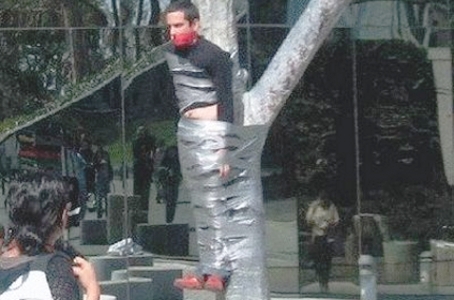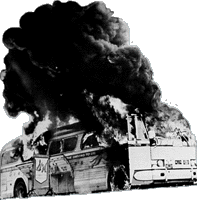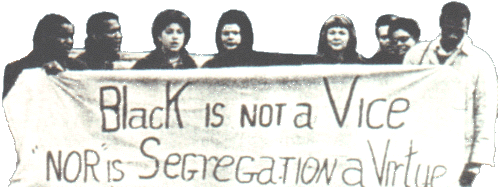Non-Violent Action has a long history in our world. Starting with of course Gandhi all the way to Martin Luther King and even to the recent UC Berkeley "Save the Oaks" protest.
Mini-Documentary of the Berkeley protest.
Civil disobedience, according to Google dictionary, is the active refusal to obey certain laws, demands and commands of a government, or of an occupying international power, using no form of violence.
There have been many examples of non-violent protesting throughout American history.
One of the most prominent being of course the Civil Rights Movement, which occurred around 1955-1968. (Note: Racial discrimination has existed in the world for a long time but the official civil rights movement was in that initial period.) Important figures include Martin Luther King Jr, Rosa Parks, and Malcolm X. This movement aimed at eliminating or outlawing racial discrimination against African Americans. Many know of King's many peaceful marches and Parks' refusal to move from the front of a bus. But there were many organizations that were created during this period as well.
One organization was called SNCC (Student Nonviolent Coordinating Committee)
SNCC was originated by a group of students from Shaw University in Raleigh, North Carolina. They were known for their many sit-ins (basically just sitting down together in one designated spot and refusing to move) and they were able to gain notoriety through these sit-ins. They were also key organization during the Civil Rights Movement and was a part of the March on Washington where Martin Luther King Jr., gave his I Have A Dream speech. They also participated in the Freedom Rides where they rode buses throughout the upper south to establish that there was no incident from allowing people to choose where they wished to sit.
Nonviolence was an important philosophy behind SNCC's mode of communicating their desires. But as they continued with their nonviolent protests, it grew much more difficult as deadly violence emerged from the whites. Their offices were often attacked with guns and torched. Some men were shot at and almost killed. A triple assassination even occurred.
The history of SNCC is of many trials but they were able to influence the Civil Rights Movement greatly and helped the outlawing of racial discrimination.
Another example of civil disobedience is the Kent State massacre in Ohio. The shootings occurred on May 4, 1970 after a protest against the Vietnam War and President Nixon had announced that troops would be invading Cambodia to help stop the war in Vietnam. Protests appeared on many campuses throughout the nation, but at Kent State, the Ohio National Guard was called to help maintain peace.
The events that day was a rally at noon at which about 3000 people gathered. The protesters although were "nonviolent" did resort to throwing bottles are rocks at the Ohio National Guard. The guards initially pulled out their weapons to scare off the protesters.
 Shots were suddenly fired for the time period of 13 seconds. 4 were killed and 9 were wounded as a result of the shooting. Faults can be placed on both the protesters and guards. The National Guard for poor communication and preparation for the approach to the rally. The protesters for creating such a high tension in the atmosphere. When looking back at this tragic event, it can be only looked at as a mistake.
Shots were suddenly fired for the time period of 13 seconds. 4 were killed and 9 were wounded as a result of the shooting. Faults can be placed on both the protesters and guards. The National Guard for poor communication and preparation for the approach to the rally. The protesters for creating such a high tension in the atmosphere. When looking back at this tragic event, it can be only looked at as a mistake. Civil disobedience or non-violent action has a long, conflicting history. But the America would not be the nation it is today without the events that occurred alongside the protests.






I believe civil disobedience is always the best answer. Thank you for standing up for what you believe in. Keep it up.
ReplyDelete